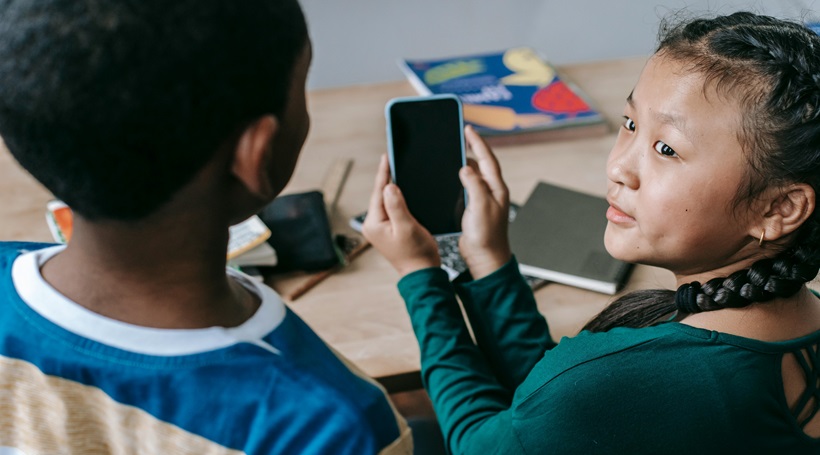Last Updated on January 1, 2025
In today’s digital age, managing screen time for our children has become as crucial as teaching them to ride a bike or read a book. Digital devices, while offering vast resources for learning and entertainment, are double-edged swords. They can enhance educational experiences, improve access to information, and connect us with others worldwide. However, without proper guidance, the same devices can lead to excessive screen time, potentially hampering physical health, emotional well-being, and social skills. As parents, it’s imperative to find a balance that allows children to reap the benefits of these technologies while avoiding their pitfalls.
Understanding the Impact of Screen Time
Excessive screen time can profoundly impact children in multiple dimensions of their lives. Physically, long periods in front of screens can lead to eye strain, poor posture, and disrupted sleep patterns. Emotionally, it can cause mood fluctuations and reduce the capacity of children to manage stress effectively.
Socially, too much screen time often comes at the expense of face-to-face interactions, essential for developing empathy and communication skills. The key is balance and moderation. By understanding these impacts, parents can better guide their children to use technology in a way that supports their development rather than detracts from it.
Tools for Monitoring and Controlling Screen Usage
Parental control tools are essential for helping parents monitor and manage their children’s screen time effectively. Apps like Qustodio and FamilyTime offer features that allow parents to set time limits, block inappropriate content, and monitor app usage.
Additionally, for families using Apple devices, the Screen Time feature in iOS provides insights into device usage and the ability to set downtime or app limits. To specifically manage device usage, parents may need to uninstall unproductive apps on an iPad. On an iPad, this can be done by pressing and holding the app icon until it jiggles, then tapping on uninstall app on iPad. This method helps ensure that children are only accessing content that contributes positively to their growth, keeping unnecessary distractions at bay.
Setting Boundaries and Guidelines
Establishing healthy screen time limits is crucial for fostering a balanced digital lifestyle for children. Here are some tips and strategies to help parents set age-appropriate boundaries:
- Understand Age Recommendations: Different age groups require different limits. For toddlers and preschoolers, screen time should focus on interactive, educational content with parental involvement. School-aged children and teenagers might have more flexibility but still need guidelines to ensure screen time doesn’t displace homework, physical activity, and sleep.
- Create a Family Media Plan: Involve the whole family in creating a media plan that includes what types of media are appropriate, how much time can be spent on screens, and what times of day are screen-free. Tools like the American Academy of Pediatrics’ Family Media Use Plan can be helpful.
- Involve Children in Decision Making: Encourage children to participate in setting their own screen time limits. This involvement helps them understand the reasons behind the rules and teaches them responsibility. Discuss the benefits of limiting screen time, such as more time for hobbies and outdoor activities.
- Use Technology to Your Advantage: Employ parental control apps to help manage and monitor the use of digital devices. These tools can limit screen time, block inappropriate content, and schedule downtimes.
- Be Consistent and Fair: Consistency is key in enforcing screen time rules. Make sure all caregivers are on the same page and enforce the rules fairly and consistently across all days, including weekends.
Educational vs. Recreational Screen Time
Understanding the difference between educational and recreational screen time is crucial for parents looking to manage their children’s digital interactions. Educational screen time involves activities that promote learning and development, often aligned with school curricula or that develop specific skills like problem-solving or critical thinking.
Examples include apps for a range of age-appropriate subjects, or interactive storybooks for younger children. Conversely, recreational screen time typically involves entertainment-focused activities, such as watching videos on YouTube or playing games. Balancing these types ensures children benefit from digital devices without overindulging in less productive activities.
Encouraging Offline Activities
Encourage children to engage in offline activities like sports, which enhance physical health; reading, which expands their horizons; and creative hobbies such as drawing or playing music, which foster imagination and skills.
Recap
Balancing screen time is essential for ensuring that children benefit optimally from digital devices without experiencing the adverse effects of overuse. This article has highlighted the importance of distinguishing between educational and recreational screen use, setting appropriate boundaries, and using tools to monitor and control screen time. As parents, actively guiding your child’s digital presence and encouraging a mix of screen-based and offline activities can help screen time become a positive and enriching part of their development. Embrace this role with enthusiasm, and you’ll pave the way for a balanced and productive digital future for your child.

